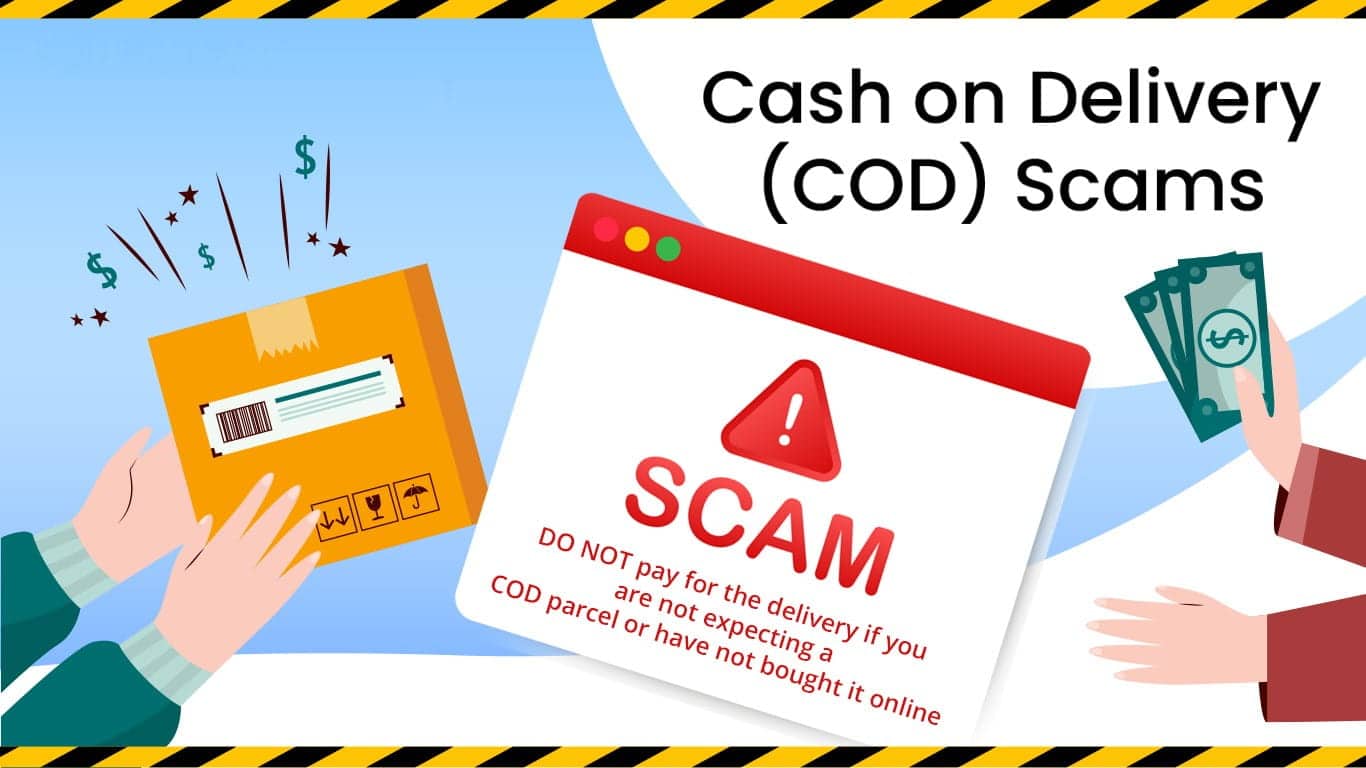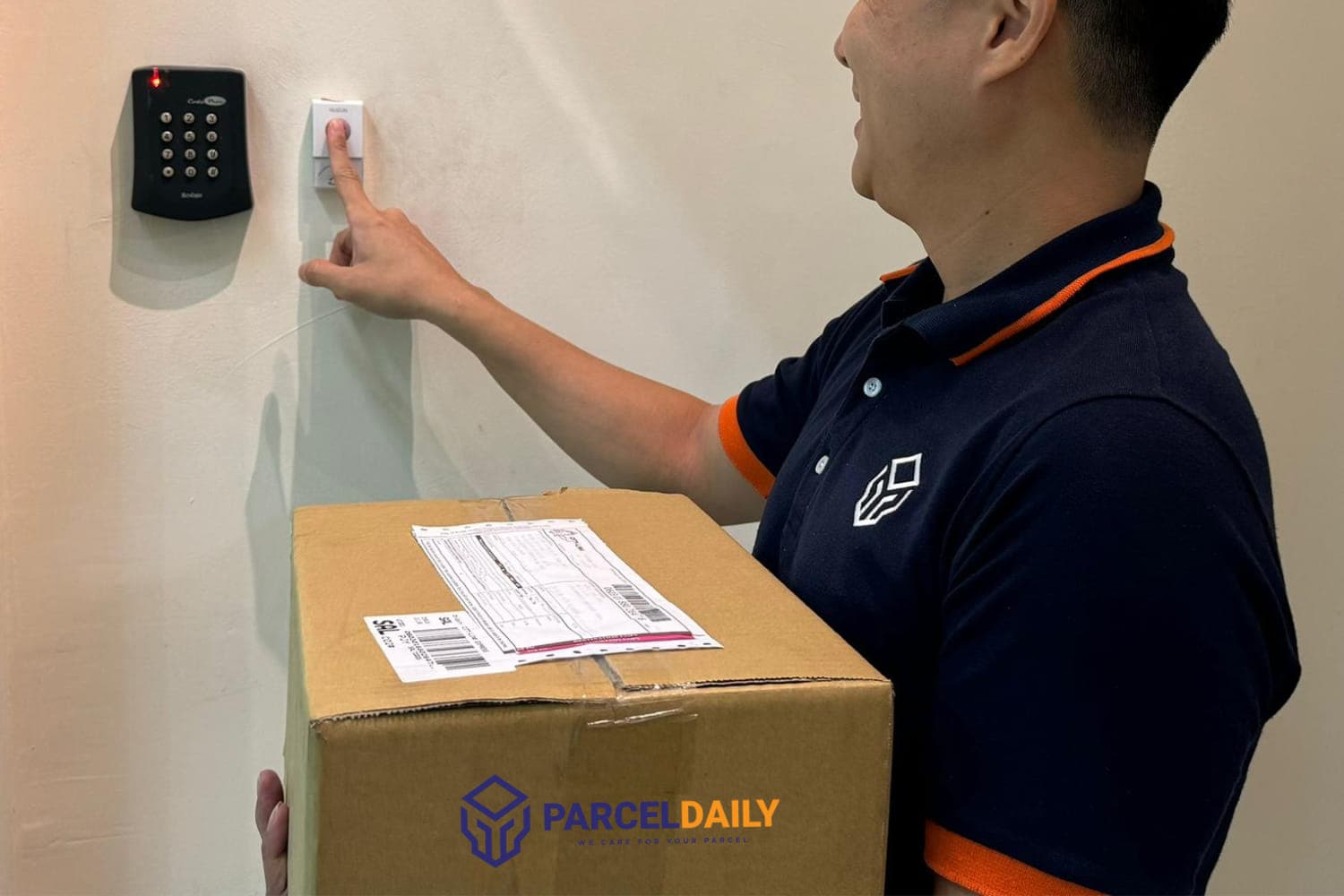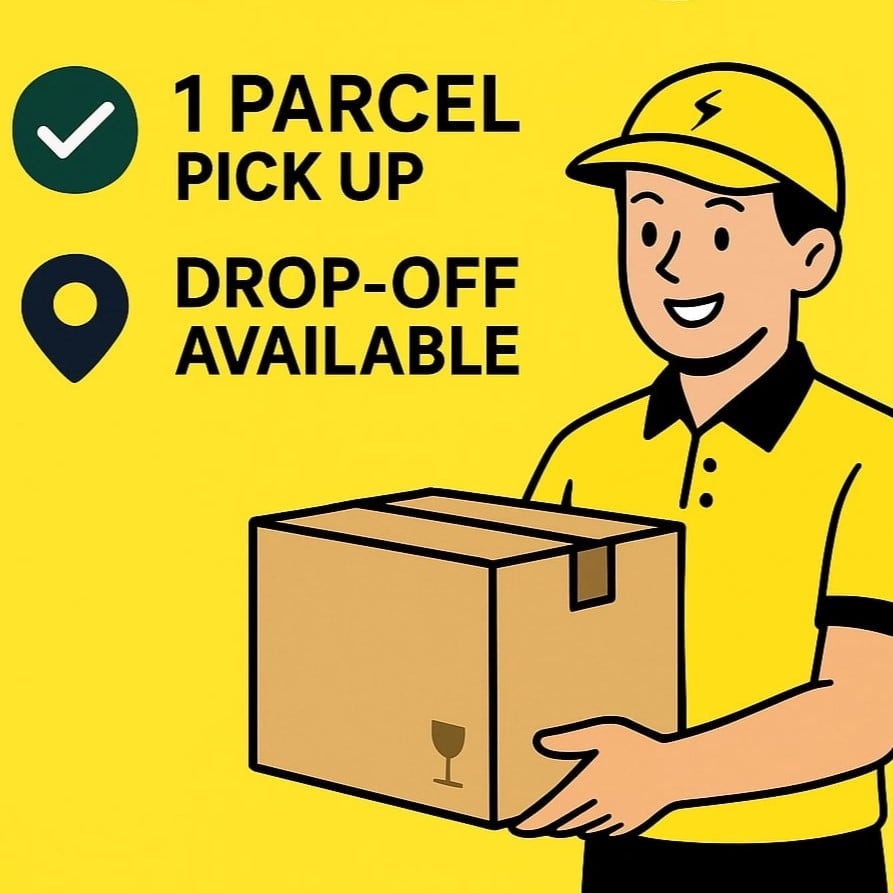The surge in e-commerce, particularly since the COVID-19 pandemic, has witnessed a rise in both legitimate businesses and, unfortunately, online scams. Cash on Delivery (COD) has gained popularity as a convenient payment option, especially for those hesitant about online transactions. However, this method has also attracted scammers looking to exploit unsuspecting consumers. As more people turn to online shopping for their needs, it is crucial to remain aware of the potential pitfalls that come with this payment method.
Table of Contents
1. How Cash on Delivery Scams Work
1.1 Mismatched or Fake Products
Scammers lure customers with attractive deals and accept COD payments. Upon delivery, the unsuspecting buyer receives an item of significantly lower value or one that doesn’t match the advertised description. For example, a customer might order a high-end gadget only to receive a cheap imitation. Since most courier companies don’t allow pre-payment inspection, the scam is successful by the time the buyer discovers the deception. This tactic not only leads to financial loss but can also result in frustration and disappointment, as consumers feel they have been cheated out of their hard-earned money.
1.2 Random Cash on Delivery parcels
Another sneaky scam involves receiving a package you didn’t order. Scammers send parcels to random addresses, hoping that someone will pay up without knowing what’s inside. For instance, imagine getting a delivery box filled with cheap products you never bought. The delivery person hands you the package and expects payment. You might feel confused and just pay to avoid any hassle, which is exactly what the scammers want. This tactic relies on the confusion and the desire to avoid confrontation, allowing scammers to profit from their deceitful practices.
2. How to Protect Yourself from Cash on Delivery Scams
2.1 Research The Seller Thoroughly
Before making any COD purchase, research the seller’s online reputation. Look for reviews, check their website legitimacy, and ensure they have a valid contact address and phone number. A quick search can reveal whether other customers have had positive or negative experiences with the seller. Additionally, consider using reputable e-commerce platforms that have established trust with consumers, as they often have measures in place to protect buyers from fraudulent sellers.
2.2 Verify Your Order History
Regularly monitor your online purchase history and expected deliveries. This awareness helps you recognize any suspicious COD packages that might arrive unexpectedly. If a package shows up that you didn’t buy, don’t be afraid to refuse delivery. This will help you avoid paying for unwanted items. Keeping a detailed record of your purchases can also assist you in disputing charges if necessary.
2.3 Never Pay for Unsolicited Parcels
If a delivery comes that you didn’t order, simply do not accept it. Let the delivery person know you didn’t buy it, and ask them to return it to the sender. This simple step can protect you from scams. It’s important to remain firm in these situations, as scammers often rely on the assumption that recipients will feel obligated to pay for any package delivered to their doorstep.
2.4 Consider Using Secure Payment Methods
If security concerns are your primary reason for choosing COD, explore secure online payment options offered by reputable platforms. Many e-commerce websites provide robust buyer protection policies, minimizing the risk of fraudulent transactions. This means if something goes wrong, you have ways to get your money back. Credit cards and trusted payment services often offer additional layers of security, making them a safer alternative to cash transactions.
2.5 Stay Informed
Stay updated on common scams by visiting consumer protection websites. Recognizing the signs of a scam is crucial. For example, if a deal looks too good to be true, it probably is. Educating yourself about the latest scams and tactics used by fraudsters can empower you to make informed decisions when shopping online.
2.6 Report Suspicious Activity
If you come across a scam website or receive unsolicited COD packages, report it to the appropriate authorities. This helps protect others from falling victim to similar scams. Reporting incidents not only aids in tracking down scammers but also raises awareness within the community, helping to prevent further fraudulent activities.
Conclusion
Cash on Delivery can be a convenient option, but it’s essential to be cautious. By understanding how COD scams operate and knowing how to protect yourself, you can enjoy a safer online shopping experience. Remember, trust your instincts, research sellers, and don’t rush into payments. With these tips, you’ll shop with confidence and avoid falling victim to scams. Stay safe and happy shopping!




